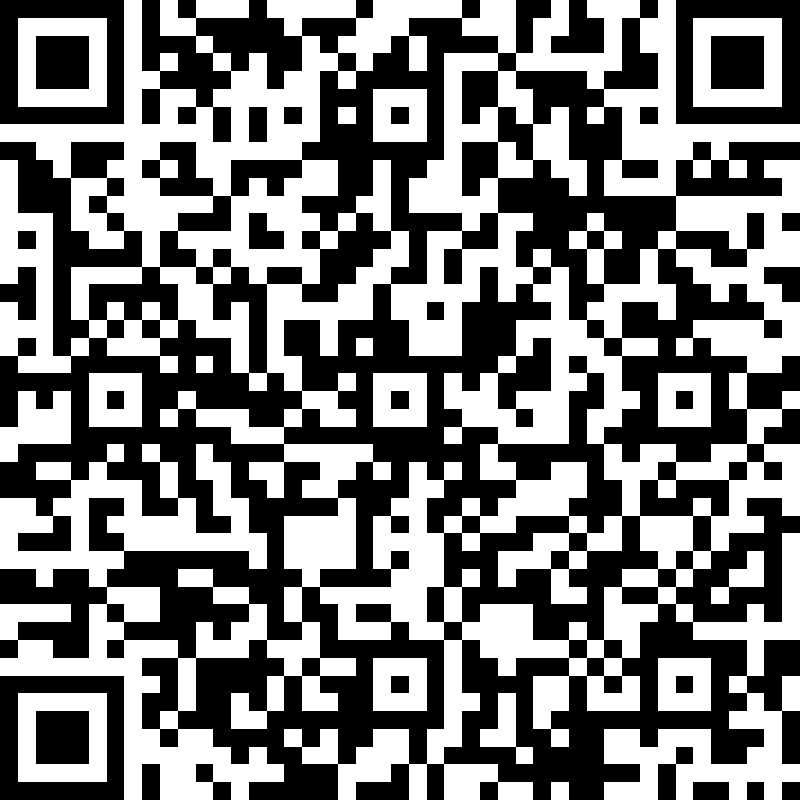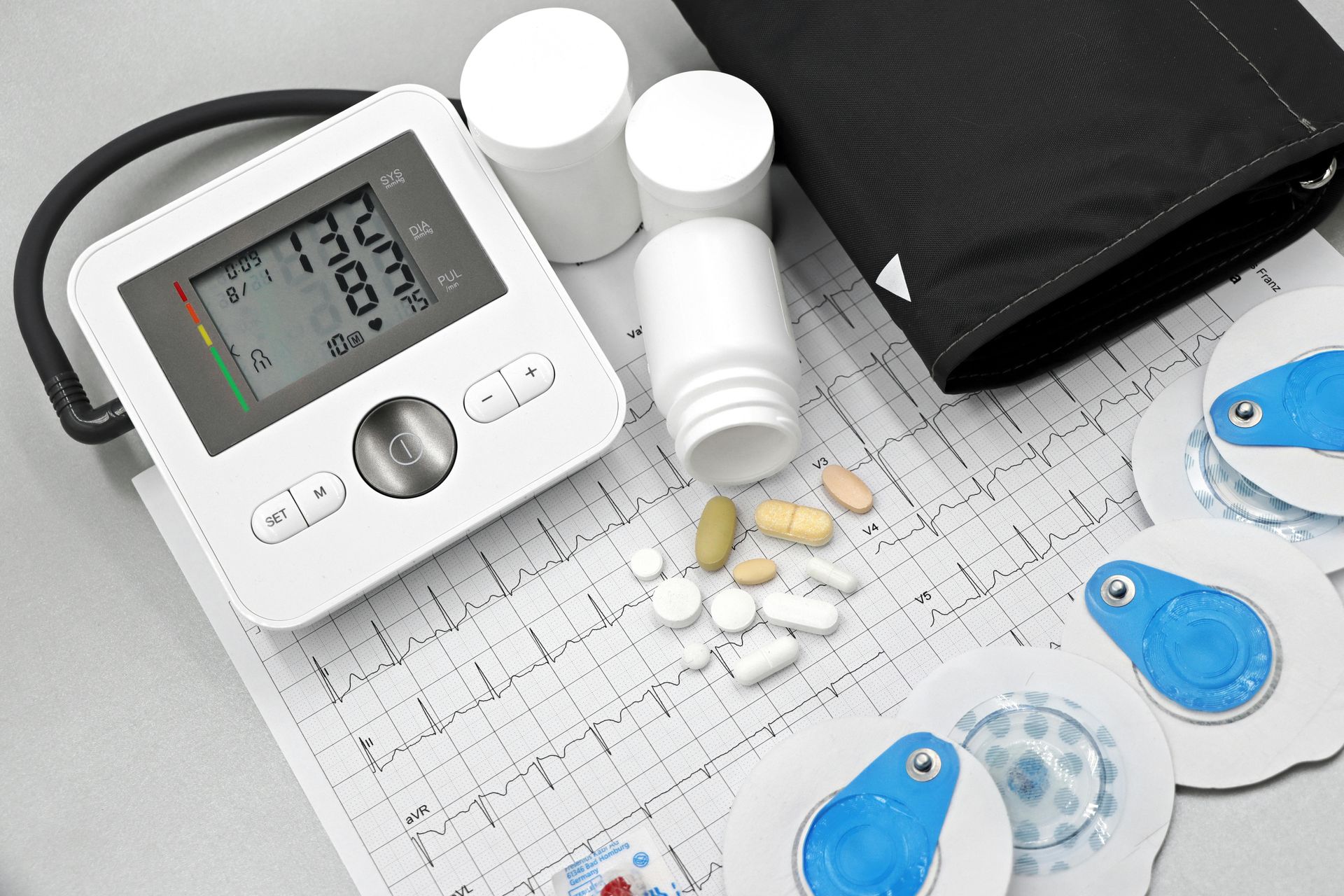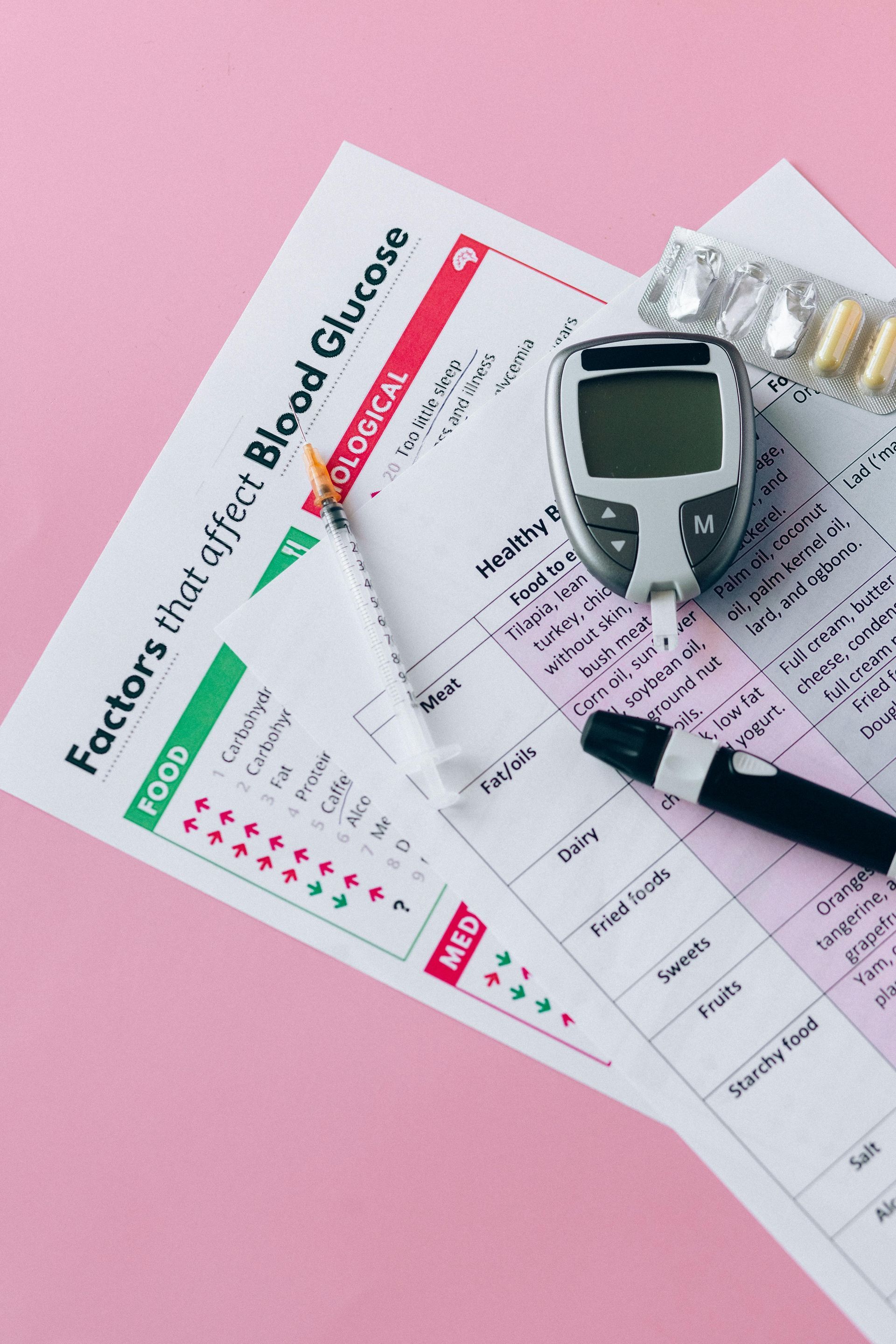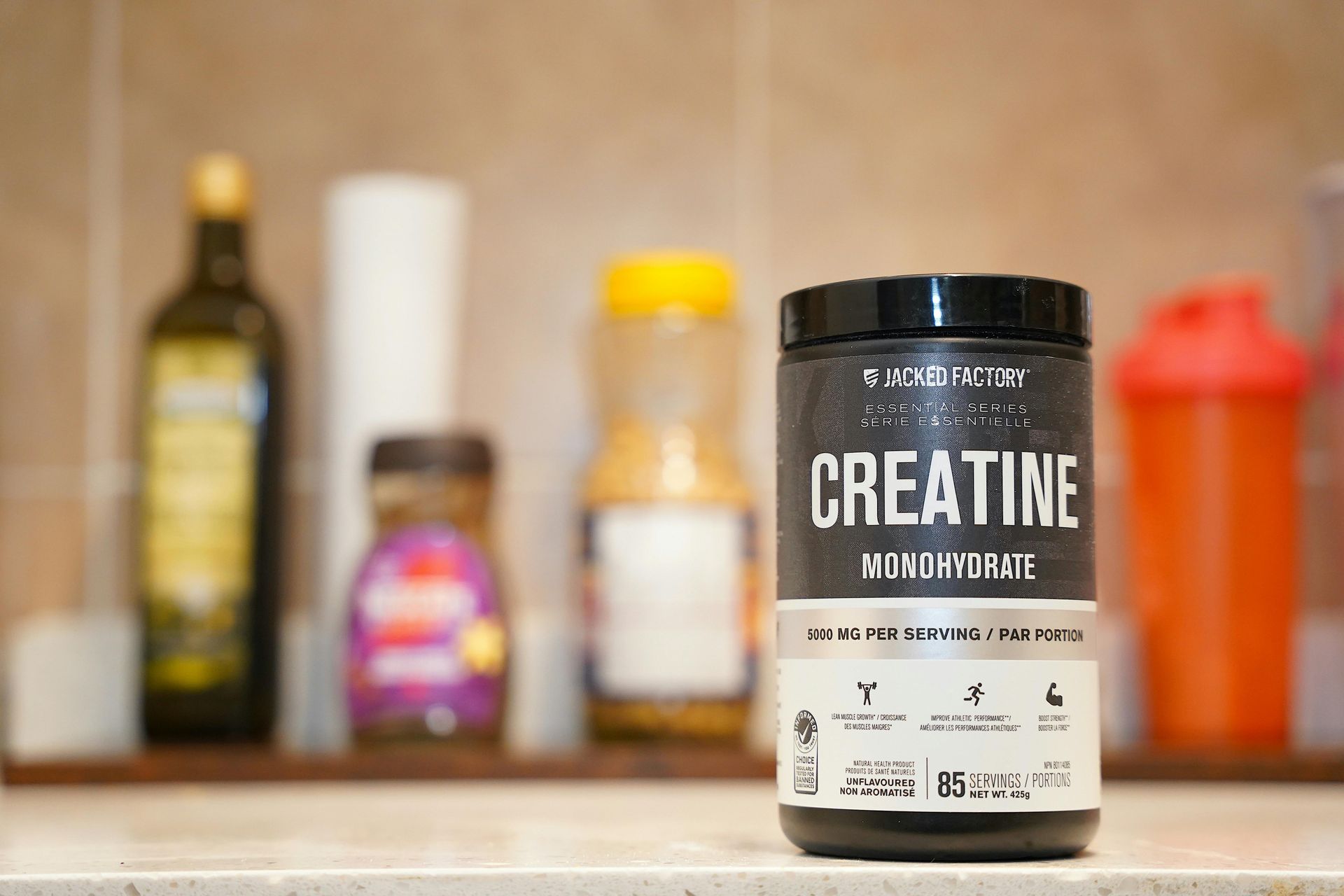Mohamad-Ali Salloum is a Pharmacist and science writer. He loves simplifying science to the general public and healthcare students through words and illustrations. When he's not working, you can usually find him in the gym, reading a book, or learning a new skill.
Lipitor vs. Humira: The Billion-Dollar Battle That Shaped Pharma History
Share
When you think of blockbuster movies, you imagine billions at the box office. But in the pharmaceutical world, one pill outperformed Hollywood: Lipitor.
This cholesterol-lowering statin, launched by Pfizer in 1997, became the best-selling prescription drug of all time, raking in a jaw-dropping $125 billion before its patent expired in 2011. Even after generics flooded the market, Lipitor continued to earn billions globally, especially in emerging markets like China.
🚀 Why Was Lipitor So Successful?
- Massive Market Need: Heart disease was (and still is) the world’s leading killer. Lipitor offered a powerful solution.
- Aggressive Marketing: Pfizer invested heavily in direct-to-consumer ads and physician outreach.
- Smart Pricing & Rebates: Pfizer used discount programs and even authorized generics to keep Lipitor competitive.
📉 The Patent Cliff
In 2011, Lipitor earned $9.6 billion. A year later, after generics hit, sales plummeted to $3.9 billion—a 60% drop. This is the classic “patent cliff” every pharma giant fears.
🧠 Fun Fact
Even today, Lipitor still earns $2 billion annually for Pfizer, mostly from overseas markets. Not bad for a drug that lost exclusivity over a decade ago.
🥇 Humira: The Drug That Dethroned Lipitor
While Lipitor dominated the early 2000s, AbbVie’s Humira (adalimumab) quietly built a pharmaceutical empire. Launched in 2003, Humira became the highest-grossing drug of all time, with projected lifetime revenue of $240 billion by 2024.
🔍 How Humira Surpassed Lipitor
| Feature | Lipitor | Humira |
|---|---|---|
| Launch Year | 1997 | 2003 |
| Peak Annual Sales | $13B (2006) | $21.2B (2022) |
| Lifetime Revenue | $125B–$160B | $240B |
| Indications | Cholesterol | 10+ autoimmune diseases |
| Patent Expiry | 2011 | 2023 (U.S.) |
| Post-Patent Sales | $2B/year | $9B/year (2024) |
- Broader Indications: Approved for over 10 autoimmune conditions, giving Humira a wider market.
- Patent Fortress: AbbVie built a “patent wall” with over 250 patents, delaying biosimilar competition until 2023.
- Global Expansion & Marketing: Sold in over 100 countries with strong international sales.
- Strategic Lifecycle Management: AbbVie launched Skyrizi and Rinvoq to replace Humira’s revenue stream.
💡 What Does This Mean for Pharmacists and Patients?
- Pharmacists: Helps anticipate generic launches and pricing shifts.
- Patients: Patent cliffs often mean cheaper access but raise debates on pricing and innovation.
🎯 Final Takeaway
Lipitor’s story is a masterclass in marketing, lifecycle management, and the economics of innovation. But Humira’s rise shows how diversification, legal strategy, and global reach can extend a drug’s dominance far beyond its patent life.
Together, they represent two different paths to pharmaceutical greatness—each reshaping global health and wealth in its own way.
📝 Concluding Note
While Humira has surpassed Lipitor in total revenue, Lipitor is still widely referred to as the “best-selling drug of all time” due to its historic popularity, widespread use, and early record-breaking success. Humira’s dominance is rooted in long-term strategic planning and broader indications, making it the highest-grossing drug in pharmaceutical history—but Lipitor remains a symbol of blockbuster success in the public and professional imagination.
References:
1.Pfizer’s Lipitor sales history and patent expiration. Pharmaceutical Technology. Available from: https://www.pharmaceutical-technology.com
2. Lipitor lifetime revenue and global market performance. Statista. Available from: https://www.statista.com
3. Humira peak annual sales before biosimilars. AbbVie Annual Report. Available from: https://www.abbvie.com
4. Keytruda global revenue in 2024. Merck Investor Relations. Available from: https://www.merck.com
5. Ozempic and Wegovy revenue projections. Novo Nordisk Financial Reports. Available from: https://www.novonordisk.com
6. Mounjaro revenue growth and market forecast. Eli Lilly Investor Updates. Available from: https://www.lilly.com
List of Services
ABOUT THE AUTHOR
Mohamad-Ali Salloum, PharmD
Share
Recent articles:





















